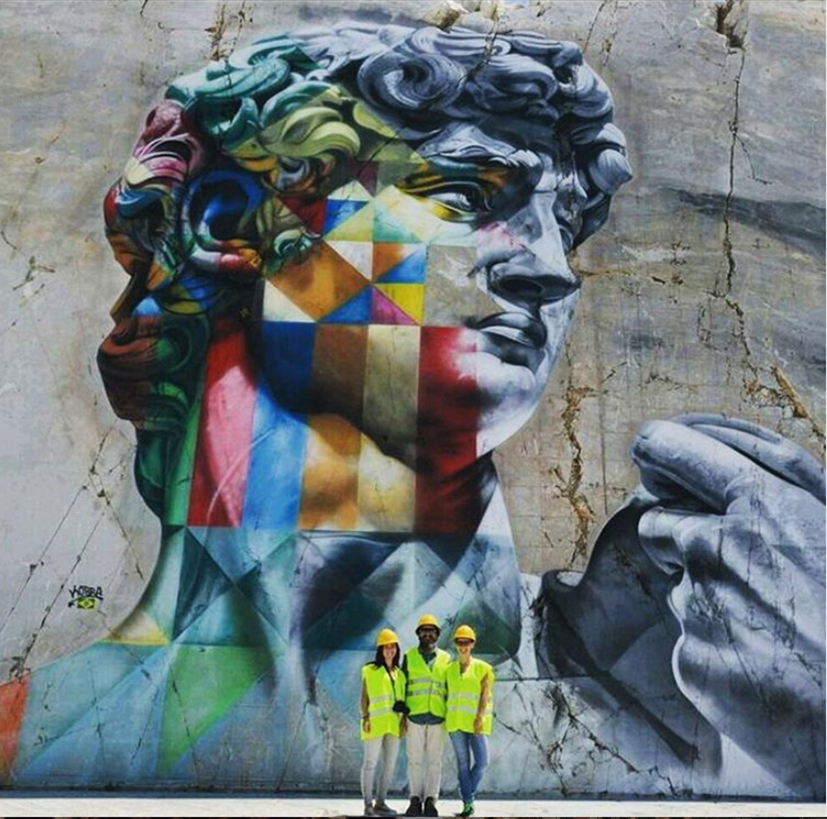
Street Art and Landscape Art: Kobra's homage to Michelangelo in Carrara
Abstract
The Street Art pieces have entered an advanced stage, after being generated in contexts of urban complexity and difficult social and cultural mixtures, they reached the value of the real artworks, demonstrating how the “skin” of the cityscape may influence the feelings both of the people living there and the ones visiting that neighbourhood. The contribution of Street Art in single buildings and urban regeneration is clear, it can be considered a key passage to any revitalization and gentrification process. In the last years, the use of Street Art in urban environments was quite common and, for its “nature”, it was strictly linked to the city. However, like any art in its “adult” phase, other possibilities and variables are now in their right moment for being explored and tested. In this particular time, in 2017, the Brazilian Artist Eduardo Kobra brought his art out of the cityscape and into a mix of the natural and industrial landscape, realizing a large mural depicting the Michelangelo’s David. It was realized on the front of a large marble cut in a white marble quarry above Carrara, Tuscany, Italy. In June 2017, at the end of the realization, full photogrammetry of the painting was made to document and create a digital version of the artwork to be easily disseminated. A specific scaled ver-sion of the mural was printed on marble to create a plate for exhibition in the city hall of Massa, one of the promoters of the event. The following paper will describe the conditions and events around this artistic operation and the technical procedures adopted in creating a digital versatile twin of the Kobra’s artwork.
DOI: https://doi.org/10.20365/disegnarecon.24.2020.26
Keywords
Full Text:
PDFRefbacks
- There are currently no refbacks.
Copyright (c) 2020 Giorgio Verdiani, Angela Mancuso, Carmen Accursio
DISEGNARECON
ISSN 1828 5961
Registration at L'Aquila Law Court no 3/15 on 29th June, 2015.
Indexed in SCOPUS. Diamond Open Access. All papers are subjected to double blind peer review process by qualified reviewers.
Journal founded by Roberto Mingucci
